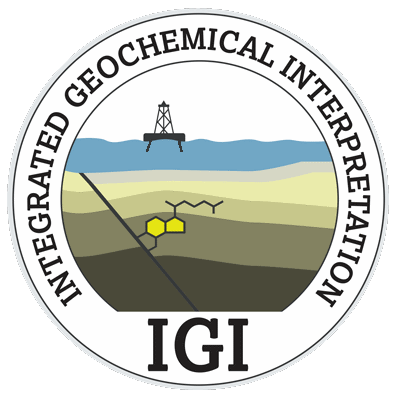Property Search
Overview
Throughout the software it is important that the user is able to find the properties they are interested in. This page discusses property search, both for single properties and lists of properties.
Version: p:IGI+ 1.7.2+ (Aug 2017)
Usage: Across the system, whenever searching for properties
How to use in practice
Within all IGI software we use a common search process to find the properties desired for the given action the user is taking. This search can take two forms, either we are looking for a single property (for example to link to in import, or for an axis on a scatter plot) or a set of properties (for example to put on a page, or a line graph). We have two related 'user controls' that enable the user to do both these actions. The two mechanisms essentially use the same property search logic but present the results in slightly different ways.
Single property search
When searching for a single property the 'user control' above is used. This can be used in two styles:

1. If you know in which analysis group your property will be found, first select the analysis in the Analyses box. Typing here will filter the results, and only one analysis group can be selected. Then, when you open, or type to search, in the Properties box you will only see those properties in the system that are part of the selected analysis group.
2. If you simply want to look for a property (and potentially are unsure of the analysis groups in which it might be contained) then you can start typing directly into the Properties box. This will bring up a list of properties that match your search string in the IGI property model.
In the property selector the search string you type acts to filter the results, as shown. Once you select a property you can also set the indicator, units and ratio format to use for the property selected.
Note that only those properties that have indicators (gas and molecular data) or ratios (properties that are defined by equations of the form x/y) will have those options enabled. Only properties that are numeric will have the units available for selection. Initially default values will be chosen for the indicator, unit and ratio.
To clear the contents of the Analysis or Property search box use the Esc key. Pressing Esc in the Analysis box will clear both the Analysis and Property boxes, while pressing Esc in the Property box will only clear the Property box.
List based property search
The list based property search works very similarly to the single property search, however in this case a list of all possible property matches is returned into a view from which you can select one or more properties depending on the context. So for example when creating a new page, or line graph, the user is likely to want to select several properties at once. The example shows searching within the Pyrol2 analysis group - it is likely the user will want to select several of these properties to show on a page, graph, etc.
The properties are shown in a ranked order, based on their 'relevance' to the typed string, as explained below. They are then also ranked by order of the analysis groups (so for example, .Any properties always come near the top of the list) and then their property order within that analysis group. We are still working on appropriately ordering all analysis groups.
How the search works
Searching for properties is key right across the software. The search mechanism we provide attempts to provide a fast but comprehensive list of possible properties that are sought. The property search considers:
- The property short name
- The property long name
- Property aliases
- String search based on matching sub-strings - basically string overlap with all of the above.
It might be a little confusing at times that when you type a string a property with a very different name can appear, but this is likely to be because the string you have typed is an alias for that property. You can explore property naming aliases in the Geochemistry Help.
There are some handy features of the property search that can help you find properties more efficiently:
- If you know the p:IGI-3 column number for the property, typing this, e.g. "<134>" will return Homopregnane - that is, St22 in our naming convention.
- From version 1.14.0 onward, if you are not sure of the property name but know which ion the property is measured on (for GCMS and MSMS properties) you can type in the ion channel, e.g. "191" which will list all within the Sat-GCMS analysis group selected and will show at the top of the list those properties measured on the 191 ion. Note we have not yet fully populated the ion channels. This is being extended to the MSMS data too, where the ion transitions are being captured.
We are continually updating and improving the aliases and naming in the property model to help users to more easily find and identify the properties in the model. The same search algorithm is used to auto-link properties on import.
Video tutorials
None Available
Return to the main User Guide page
